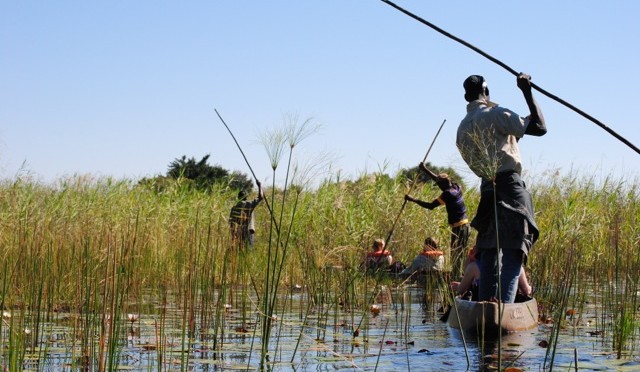After our morning walk with the San people, we got an early start on both the day and our drive across Western Botswana, from the Kalahari Desert up to the Okavango Delta. Along the way, we passed a number of tiny villages and countless heads of cattle roaming across the road. Eventually we reached the town of Etsha 13,1 where we would be leaving behind our bus and transferring into a giant 4WD vehicle with massive tires for the remainder of the journey into the delta.
After unpacking nearly everything from the bus – including everyone’s packs, the tents, and multiple coolers full of food and drinks – and loading it onto the 4WD vehicle, we were on our way. Our destination was Guma Lagoon Camp, a lodge along the banks of Guma Lagoon in the panhandle of the Okavango Delta, where we would be camping for the next two nights. Within minutes, it became readily apparent as to why we needed the 4WD vehicle to complete this last portion of the journey: the route quickly changed from driving along a sandy track to sloshing through water that was several feet deep.2 Along the way, we saw a number of birds, including the instantly recognizable hammerkop and several African fish eagles.3
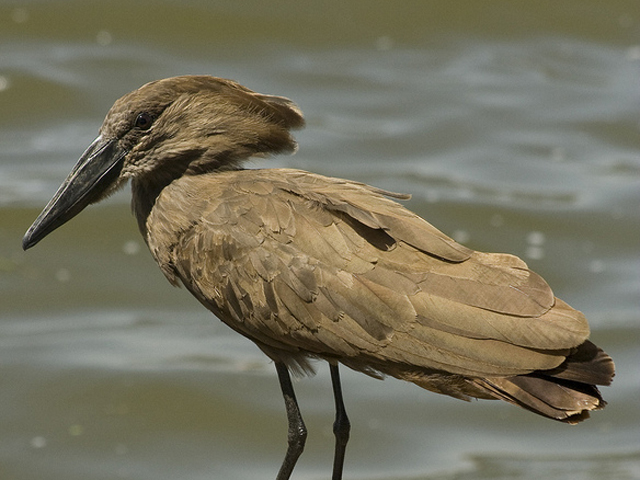
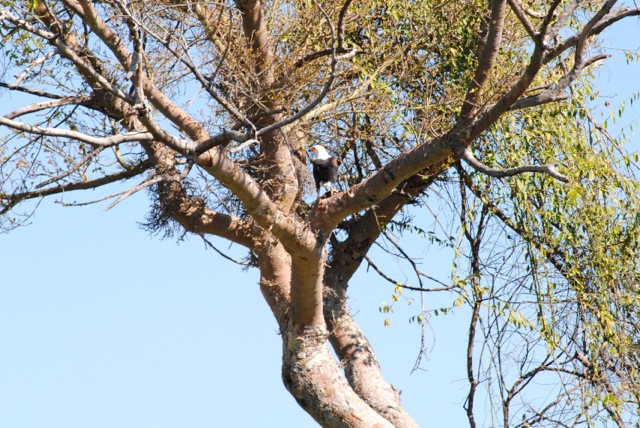
Guma Lagoon Camp’s setting is rather remarkable, situated on the western bank of the vast Guma Lagoon. Although our campsite was right in front of the lodge, it was set amongst trees and vines, which lent it a jungle feel. After having spent the past two weeks traveling through the amazingly beautiful, but largely arid, landscapes of Namibia, it was strange to be surrounded again by so much water. The unquestionable highlight of Guma Lagoon Camp was its large wooden deck, which sat adjacent to the lodge’s open-air restaurant/bar/common area, overlooking the lagoon. After setting up our tents, we spent the rest of the afternoon and evening out on the deck, watching birds flying across the lagoon as vervet monkey swung around in the trees overhead and hippos grunted out in the distance.
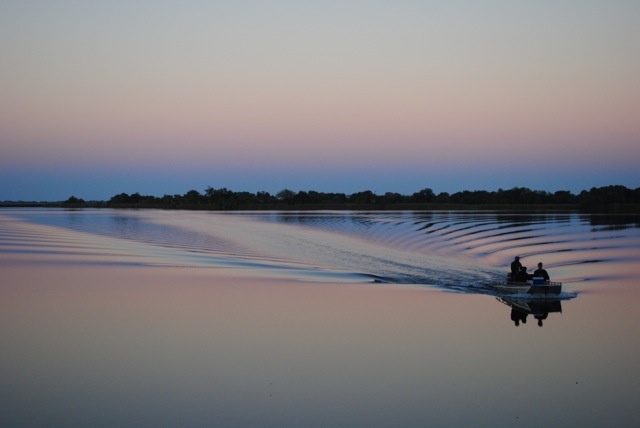
We got up early the next morning to watch the sun rise over the lagoon.4
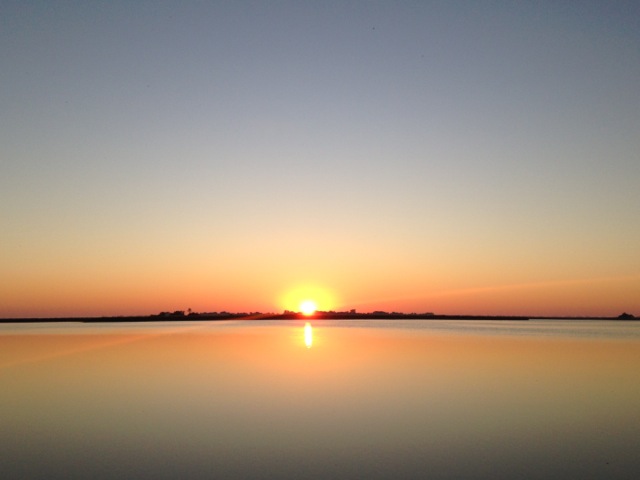
After breakfast, we traveled deeper into the delta, first by a motorized boat, and then by dugout canoes called mokoros. Mokoros are the traditional watercraft of the peoples of the Okavango Delta – their slim design is well suited to the delta’s narrow waterways, allowing access to areas that would otherwise be unreachable by more modern forms of transportation. Each mokoro carried three people: two seated passengers and a driver standing in the rear, who used a long, wooden pole to propel and steer the canoe through the delta’s twisting channels.
Setting out in the motorboat from Guma Lagoon Camp, we quickly crossed the lagoon and made our way up the large channel that fed it, emerging out into the open delta. After about 45 minutes, we arrived at an island – which appeared to be in the middle of nowhere – where five mokoros and polers had already been assembled for our group.
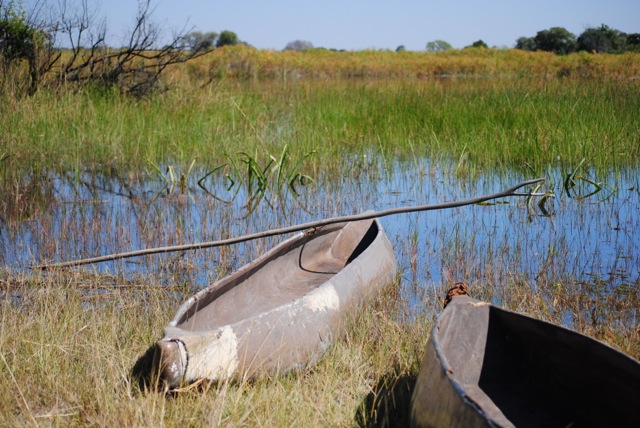
We met our poler, Nation, and hopped off the boat into the front of his mokoro. We then spent the next couple of hours gliding across the delta, with the polers pointing out various birds and frogs and plants along the way.
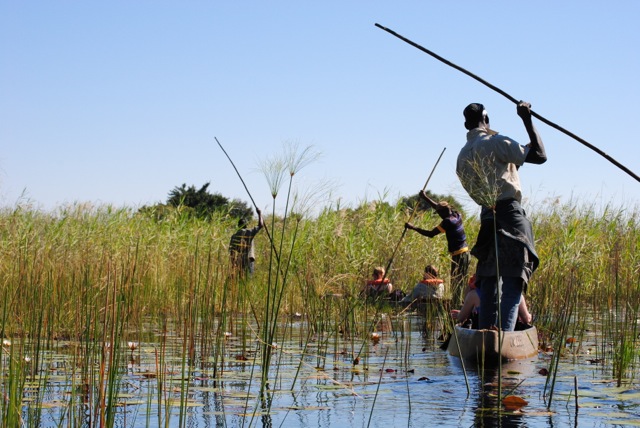
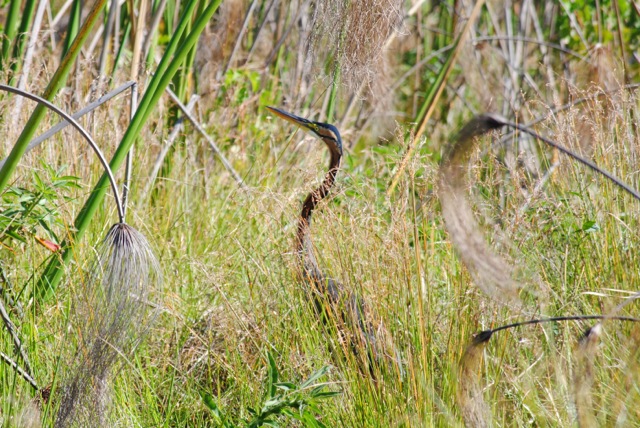
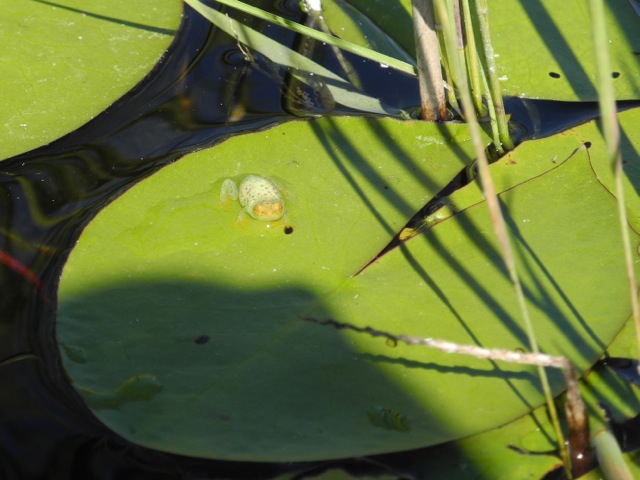
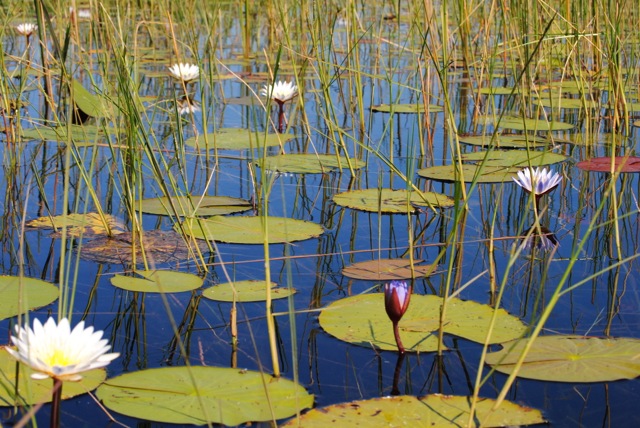
Eventually we reached a small island out in the middle of the delta where we were led on a walk by one of the polers, who explained how some of the delta’s flora was used for various medicinal and other purposes by the local people. Our walk was cut short, however, when we encountered a couple of large elephants grazing along the path that we were intended to take.5
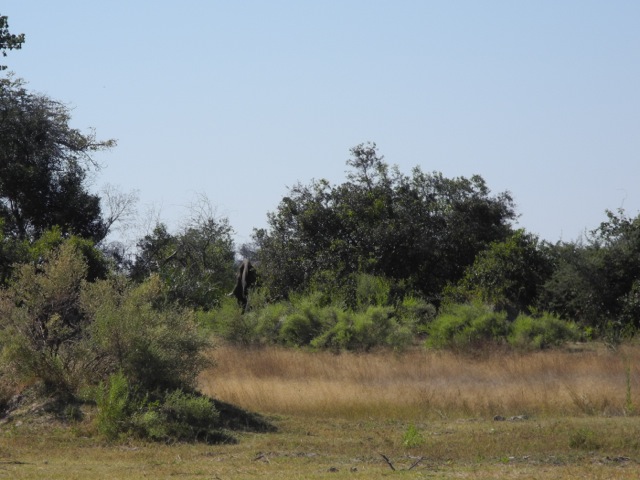
Returning back to the area near the mokoros, we ate lunch – sandwiches that we had assembled earlier that day – and then set back out on the water to begin our return to the motorboat.
Although being out on the mokoro was interesting, there were a few aspects of the experience which, through no one’s fault, left it feeling somewhat lacking. First, mokoros are relatively unstable and passengers must simply entrust their canoe’s balance to the polers. Although the polers, in truly amazing feat, keep themselves and their mokoros upright while standing in the back of them, as a passenger you continually have the uncomfortable feeling that your canoe is on the verge of dumping you – and the expensive camera that you have brought along – into the water. Second, is the fact that the mokoros sit very low in the water. Traveling in watercraft that leaves your line of sight just a couple of feet above the level of the water, especially when navigating through the delta’s channels of reeds and grasses, makes it difficult to spot much in the way of wildlife. Third, the mokoros provide no shade, and the sun’s midday glare, even during late fall, can be exhausting when there is nowhere to escape it.6 I felt a bit bad about having not enjoyed the experience more, especially given the time/money we had expended on it, but took some comfort in the fact that other travelers whom we later met relayed to us similar feelings about their mokoro trips.
The motorboat ride back to Guma Lagoon Camp ended up being the most memorable part of the day. Midway through the journey, the captain of our boat spotted a large crocodile lazing on the side of the channel as we sped past. Steering the boat around, he circled us back to the area so that everyone could see. We sat around for several minutes, watching the crocodile lay there with its gigantic mouth slightly agape, as the captain kept trying to position the boat nearer to the crocodile. Finally pulling up directly alongside it, we were only a matter of feet from the crocodile.
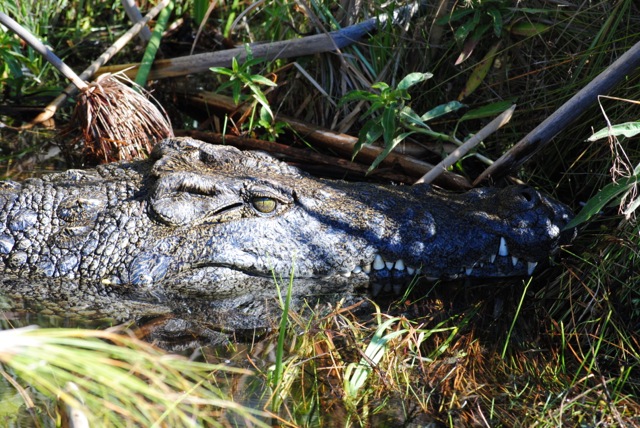
As a couple of others and I stood up to take pictures, the crocodile trashed open its mouth and lunged directly at the boat. Although, in retrospect, this was an unsurprising development, as the boat has basically provoked the crocodile, at the time I was rendered speechless and unable to move, like a deer caught in a car’s headlights. Thankfully, the motorboat did not sit as low in the water as the mokoros we had recently exited, and the crocodile simply slunk into the water after this fruitless show of aggression. It was a dose of excitement for an otherwise lazy day on the water.
Where We Stayed:
☆ Guma Lagoon Camp. Four goats. The deck was a great place to relax, and the self-catering kitchen meant that we were eating dinner cooked on a stove rather than a campfire.
1 Apparently so named by one of Botswana’s prior colonial overseers because it was the 13th settlement on a particular stretch of sandbank along the northwestern edge of the Okavango Delta.
2 The Okavango River, which originates in Angola, is somewhat unique for a large African river in that its waters terminate before reaching the ocean, thus creating Botswana’s inland Okavango Delta. The delta’s water levels fluctuate a good amount depending on river’s flow (i.e., the level of rain in Angola during the prior months). During our visit, the delta was rather high, thus much of the route to Guma Lagoon Camp was covered in water.
3 Somewhat ironically, over the course of our travels across the two countries, we somehow managed to see more African fish eagles – the national bird of Namibia – in Botswana, and more lilac-breasted rollers – the national bird of Botswana – in Namibia.
4 Anyone who knows me, knows that I am, if anything, not a morning person. Our travels in Africa, however, appear to have turned me into one, at least temporarily. I find myself going to bed, and resultantly getting up, much earlier than usual. This was especially true during our camping trip, when there was only so much to be done in the evenings once it got dark.
5 Possibly owning to our prior good luck in having spotted large numbers of these otherwise captivating beasts while in Kruger and Ethosha, however, this felt like a rather lackluster end to our island visit. Although I kept reminding myself that the journey was much more important than this particular destination, it felt odd to have traveled all this way – driving for two days from Namibia across Botswana, taking the motorboat from the lagoon, and then having been poled across the delta – for what ultimately turned out to be a truncated, few minute wander around the island.
6 Katie and some of the others in our group nodded off during the final part of our mokoro trip as result of the heat. Had I not been needlessly worried about our canoe tipping over, I might have also taken a nap.

